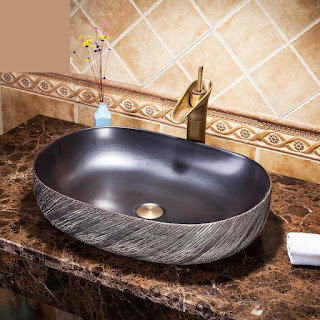DIVERTER VALVES & THEIR DIFFERENCES
One of the most complicated parts of installing a new shower is figuring out the plumbing and the flow of water. The more faucets, nozzles, or showerheads you incorporate into your shower, the more difficult this becomes. Everyone has used a shower diverter valve many times, but you were probably unaware you were doing so. Even the metal pull on your tub faucet is a shower diverter valve, but it’s not the only kind you can find. In fact, there are five major types of shower diverter valves to know about. In this article, we’re going to briefly describe each of them so you know which one your shower has, or which one your new shower needs.
1. Tee Diverter
This is the most basic type of diverter valve and almost everyone has used one before. It diverts a single stream of water from the tub faucet to the showerhead. It’s located inside of the tub faucet and opens and closes by the metal pull on the front of the faucet. When you pull it up, the water is diverted away from the tub faucet and up to the showerhead.
PROS
Built into the tub faucet
Direct flow by pulling up on the metal tab
CONS
Only diverts between showerhead and tub faucet
2. Two-Valve Diverter
A two-valve diverter serves the same function as a tee diverter, but it does so in a different way. Instead of being built into the tub faucet, a two-valve diverter is built into the wall. It is controlled by a handle that you turn to divert the water to either the tub faucet or the showerhead. This type of diverter valve will work with a single temperature control handle or a set of individual hot and cold knobs, which would be positioned between.
PROS
Controlled by a handle
Built into the wall
CONS
Only diverts stream between two outputs
3. Three-way Diverter Valve
This type of diverter valve allows you to divert the flow of water between three different outputs. For instance, you could switch between a tub faucet, a showerhead, and a handheld. The handle for a three-way diverter valve will have multiple stop positions, allowing you to divert the flow in many different ways. You can send all of the water to a single output, for example, the showerhead. Alternatively, you could send the water to two different places simultaneously, such as the showerhead and the handheld.
PROS
Built into the wall
Can switch between three outputs
CONS
More complicated to install
4. Four-way Diverter Valve
With a four-way diverter valve, you can power any two outputs of a four-output setup at the same time. For instance, you could have a shower with a tub faucet, a rain showerhead, a regular showerhead, and a handheld. Using a four-way diverter, any two of these can run simultaneously, such as the rain showerhead and the handheld. Alternatively, you can divert the entire flow of water to a single output for a regular shower experience.
PROS
Can power two outputs simultaneously
Can power up to four total outputs
CONS
Must get outputs lined up correctly to power simultaneously
5. Thermostatic Valve
Thermostatic valves are a newer type of shower technology designed with safety in mind. Most of us have experienced an immediate and drastic increase in shower water temperature when someone else turned on another faucet in the house. This can be alarming, uncomfortable, and even dangerous. Luckily, a thermostatic valve will negate this issue by automatically detecting the rise in temperature and stopping the flow of hot water. This prevents you from getting burned and enhances your overall shower experience.
PROS
Automatically adjusts water for temperature fluctuations
CONS
More expensive than other diverters
Conclusion
Shower diverter valves can be a fairly confusing part of the shower build process. Without one, you aren’t going to have any ability to redirect the flow of water. Even if you have a simple setup with just a tub faucet and a showerhead, you’ll need a diverter valve to switch between them. We’ve all used them, even if you were unaware of it. The more outputs you incorporate into your shower, the more valves you’ll need on your diverter. It can be difficult to properly set up a shower diverter valve, so if you’re having too much trouble, it’s perfectly alright to call in the help of a professional.
For Basic details about diverter, please visit our earlier post https://rameshwarammarble.blogspot.com/2021/12/diverter-valves.html



Comments
Post a Comment